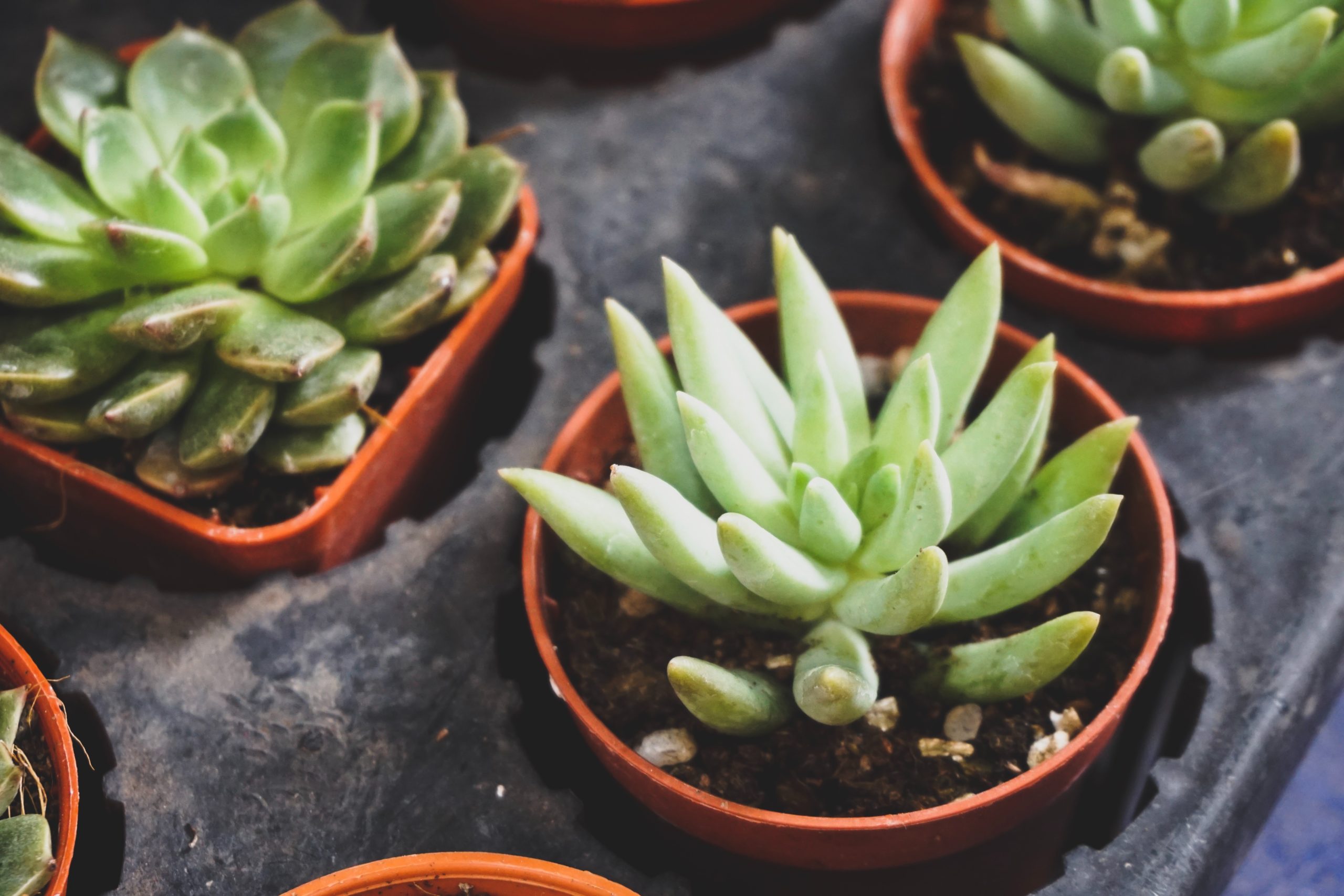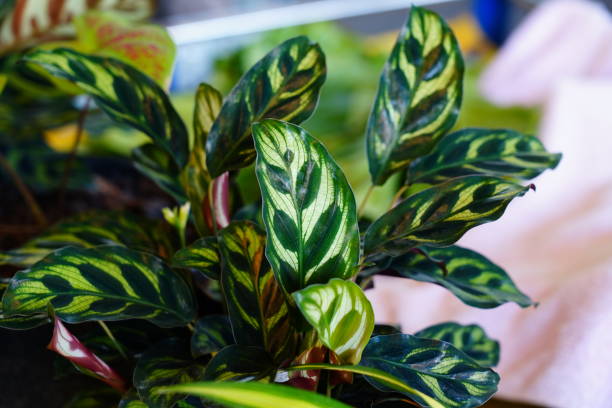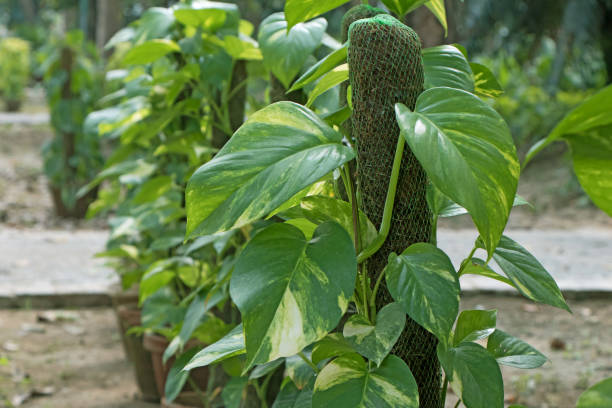Amazing Uncommon Aloe Varieties for Frost-Free Zones

We all know about the common species of aloe, i.e., Aloe vera. People grow aloe vera in their house and garden due to its decorative and medicinal benefits. The gel of this plant is popularly used for medicinal and cosmetic uses. However, the aloe genus is diverse and contains a wide range of aloe varieties that you can grow in your frost-free garden.
You will be surprised to know that there are 400 species of aloe (Source). Moreover, different types of aloe plants can grow in an arid climate and mild temperatures. Many of these aloe varieties are lesser-known, but trust me, they look amazing and can enhance the beauty of your garden. Continue reading the article to know more about unusual aloe varieties.
Unusual Aloe Varieties
There are various lesser-known varieties of aloe that are remarkably beautiful and can add an amazing touch to your garden. If you like planting unique plants in your garden, then these varieties are a perfect choice for you. Moreover, these varieties are suitable for frost-free zones. You can grow aloe plants from seeds also, but it is a lengthy process. Therefore, it is better to propagate aloe vera in order to grow new plants.
The appearance of different types of aloe plants varies greatly depending on the species. However, most species of aloe vera plants have fleshy, thick leaves arranged in an amazing rosette pattern. Flowers of aloe species are often orange, pink, red, or yellow in color and are tubular in shape. The aloe species vary from the ones with ground touching size to the one with the size of small trees.
It is easy to grow and care for aloe plants, but make sure to follow the right tips on how to take care of aloe vera plants. Here are some of the best unusual aloe varieties to make your frost-free garden amazing.
Short-Leaf Aloe
Botanical Name: Aloe brevifolia
USDA Growing Zones: 8-11
Height: 9-12 inches
Native Area: Southwest Africa
Sun Exposure: Full Sun
If you live in a region where the temperature never goes below 25 degrees, then Short-Leaf Aloe is the perfect choice for you. The botanical name of this aloe variety is Aloe brevifolia. It is suitable for drought-tolerant areas.
Short-leaf aloe plant is the type of aloe with beautiful; gray leaves with a tint of orange color outdoors. It looks amazing when orange bloom appears during the winter and fall. This beautiful plant is deer resistant. Moreover, as long as rainfall is minimal, it is also clay tolerant.
Golden Toothed Aloe
Botanical Name: Aloe Nobilis
USDA Growing Zones: 9-11
Height: 6-12 inches
Native Area: South Africa
Sun Exposure: Full Sun
There are different types of aloe plants, and golden toothed aloe is one of the most beautiful. It has golden spikes on the edges, which make it look attractive. The spike may look mean, but trust me, they will not hurt you.
This aloe variety has green leaves that become orange when in full sun or stressed. The best thing about this aloe species is its red blooms in the summer. If you have a mixed dish garden that has succulent specimens, then golden toothed aloe is the right choice for you.
This aloe plant is deer resistant and attracts hummingbirds and bees. Do not overwater the soil when grown golden toothed aloe. Let the soil dry before watering again.
Lace Aloe
Botanical Name: Aloe aristata
USDA Growing Zones: 7-10
Height: 6-9 inches
Native Area: South Africa
Sun Exposure: Full sun to partial shade
Lace aloe is different from other types of aloe plant as it is highly cold tolerant and requires more shade as compared to the others. This aloe variety is highly beautiful and adds an amazing touch to your garden.
Lace aloe has bumpy leaf tubercles and white whiskers. It can survive even in 10 degrees; however, it can not survive in soggy conditions as it causes the demise of the plant from rot.
Lace aloe has attractive succulent rosettes with white bumps and yellow spots on dark green leaves. Moreover, the leaves have soft white species and lacy edges, which make them highly attractive and the right choice for balcony plants.
Tiger Tooth Aloe
Botanical Name: Aloe juvenna
USDA Growing Zones: 9-11
Height: 9-12 inches
Native Area: East Africa
Sun Exposure: Full sun to partial shade
Aloe juvenna, also known as Tiger Tooth aloe, is one of the most beautiful aloe varieties with white spots. The leaves of this type of aloe plant have beautiful spiked leaves stack that collectively forms rosettes.
When the leaves of this aloe species are happily stressed, they turn to reddish-brown. This plant is highly suitable for dry and warm climates. It is a tough plant and easily adapts to new environments. The teeth are actually spines present along the leaves’ edges, which make these rosettes look like the jaws of a tiger. It is best for summer outdoor gardening as it blooms red and long flower stalks.
Snake Aloe
Botanical Name: Aloe broomii
USDA Growing Zones: 9-11
Height: 1-3 feet
Native Area: South Africa
Sun Exposure: Full sun to partial shade
Snake aloe is popularly known for its beautiful blossom shape and toothy foliage. It is a strong, evergreen succulent perennial that forms short-stemmed, light-green, and large dense rosettes. This type of aloe variety has beautiful reddish-brown teeth present along the edges.
One best thing about snake aloe is that it develops a densely flowered and beautiful candle-like inflorescence. It has pale flowers and buds covered by long white bracts. Snake aloe is best for semi-arid and arid regions. Moreover, it is frost-resistant, so you can also grow it in frosty gardens. Aloe snake is also known as mountain aloe as it is fond of rocky slopes.
Red Aloe
Botanical Name: Aloe cameronii
USDA Growing Zones: 9-11
Height: 1-2 feet
Native Area: Southeastern Africa
Sun Exposure: Full sun
If you are looking for aloe varieties that Canada colors to your garden, then red aloe is the one for you. This type of aloe gets its name from stunning coppery-red leaves, which renders a beautiful sunset-hied glow to the garden.
Make sure not to overwater red aloe as it enhances by dry conditions or it remains green. The leaves of this type of aloe are its remarkable feature. They can range from green to bright coppery red. This plant can grow 1-2 feet high and around 4 feet wide, which makes it an ideal choice for your garden.
Sunset Aloe
Botanical Name: Aloe dorthea
USDA Growing Zones: 10-11
Height: 6-12 inches
Native Area: Tanzania
Sun Exposure: Full sun
Aloe dortheae is one of the best aloe varieties due to its color. Make sure to grow it in full sun in order to boost the salmon and orange colors from the cultivar. You can grow this low-goring type of aloe at the front border of your rock garden.
In addition to this, you can also grow it in a container, which will allow it to attain a maximum height of around 12 inches. The winter flower spikes of this plant have orange blooms with beautiful pale green tips. In native South Africa, it is an endangered aloe species.
Malagasy Tree Aloe
Botanical Name: Aloe vaombe
USDA Growing Zones: 9-11
Height: 8-12 feet
Native Area: Southern Madagascar
Sun Exposure: Full sun
Alo vaombe is different from other aloe varieties. Many types of aloe have beautiful rosettes of leaves and do not have stems. However, aloe vaombe takes the shape of a tree. It is native to Madagascar, but with proper care and propagation, you can cultivate in places such as north coastal New Zealand or Arizona, where the temperature stays low.
When this type of aloe plant reaches maturity, it produces stalk of red flowers that attract hummingbirds, bees, and butterflies. Flowers are followed by seeds, which can be used to grow plants in moist and warm growing environments.
Sand Aloe
Botanical Name: Aloe hereronsis
USDA Growing Zones: 9-11
Height: 1-2 feet
Native Area: Central and Southern Africa
Sun Exposure: Full sun
Sand aloe is considered a chameleon due to its leaves with multiple colors. It has appearing pale green, silver green, or even pinkish leaves according to the irrigation and sun exposure it receives.
This type of aloe has small spines that are present on leaf edges. These spines are sharp and can hurt you, so make sure to use gloves when weeding around this aloe variety. The leaves of Sand aloe is its best feature as they are often rose-colored or bronzed in the full sun. It is one of the best decorative plants for your garden.
Spiral Aloe
Botanical Name: Aloe polyohylla
USDA Growing Zones: 9-12
Height: 9-12 inches
Native Area: Southern Africa
Sun Exposure: Full sun
If you are looking for uniquely beautiful plants for your garden, then trust me, spiral aloe is a perfect addition. It is one of the most amazing among different types of aloe plants. This might not be common, but it is most photographed and admired due to its stunning spiral shape.
Many botanists believe that small organisms grow in the shapes of this also species as it ensures the best exposure to light. Moreover, it needs less energy to form repeating patterns.
The solitary rosettes of spiral aloe may grow around 2 feet across, but it grows only 1 foot tall, which makes it an amazing choice for a rock garden.
Soap Aloe
Botanical Name: Aloe maculata
USDA Growing Zones: 8-12
Height: 1-2 feet
Native Area: Southern Africa
Sun Exposure: Full sun to part shade
Soap aloe comprises shape spines present in each leaf, which makes it look like cactus. One best thing about this plant is that it is low-maintenance, so you can easily grow it.
Soap aloe is also known as zebra aloe and is popular for its interesting foliage and colorful flowers. This aloe variety is highly effective for skin, which makes it a popular choice. The only drawback of this plant is that it is slow-growing, so you will have to keep patience while growing it.
Tree Aloe
Botanical Name: Aloe barberae
USDA Growing Zones: 9-11
Height: 20-30 feet
Native Area: Southern Africa
Sun Exposure: Full sun to part shade
If you are looking for trees to grow poolside, then the tree is the one for you. You can grow it outdoors in a warm and frost-free climate. Tree aloe is a slow-growing plant of aloe varieties and is well-adapted to sunny exposures with a low amount of summer irrigation and winter rains. It is a low-maintenance plant that is best planted in spring.
Tree aloe can be the best centerpiece for your rock garden. This tree eventually grows massive branches and trunks. It can grow around 20-30 feet tall due to which it is called tree aloe. Flowers of this type of aloe vera plant range from rose to pink and occur on stems above leaves.
Mountain Aloe
Botanical Name: Aloe marlothii
USDA Growing Zones: 9-12
Height: 8-12 feet
Native Area: Southern Africa
Sun Exposure: Full sun
Mountain aloe or Aloe marlothii is a large plant that is the best choice for growing outdoors in frost-free and arid climates. It gets the name from its ability to grow in mountainous regions. It is one of the popular aloe varieties and is also known as flat-flowered aloe.
Over time, this aloe species grows trunk-like stems with old leaves, which makes it a perfect choice for the rock garden.
Mature varieties of this aloe plant grow red and yellow blooms during winter, which makes it a beautiful addition to your garden.
Van Balen’s Aloe
Botanical Name: Aloe vanbalenii
USDA Growing Zones: 9-11
Height: 2-3 feet
Native Area: Southern Africa
Sun Exposure: Full sun
The red coloration is one of the best features of this type of aloe vera plant. The more sun exposure Van Balen’s aloe gets, the more red coloration it gets. The leaves of this plant may curve to tentacles.
One of the best features of these aloe varieties is the spicy smell that emits when you crush them. You can grow this aloe in landscaping as it is one of the best small trees for landscaping.
Final Words
Aloe plants are one of the best to grow in your garden. They have remarkable medicinal properties and add a beautiful touch to the outdoors. There is a wide range of aloe varieties, so make sure to choose the right ones according to your hardiness zones.
You can grow some varieties in frost-free areas also, which makes aloe plants a popular choice among gardeners. Now, grow unique aloe species in your garden and share your experience with us by dropping a comment.






